Finding history: The discovery of two lost shipwrecks in Thunder Bay National Marine Sanctuary
By Elizabeth Weinberg
November 2017
Beneath the waves of Thunder Bay National Marine Sanctuary lies an underwater museum. In this section of Lake Huron, nestled up against the shores of northeastern Michigan, are nearly 100 known shipwrecks. These shipwrecks tell the story of the Great Lakes’ maritime history – and this summer, sanctuary researchers found two more.
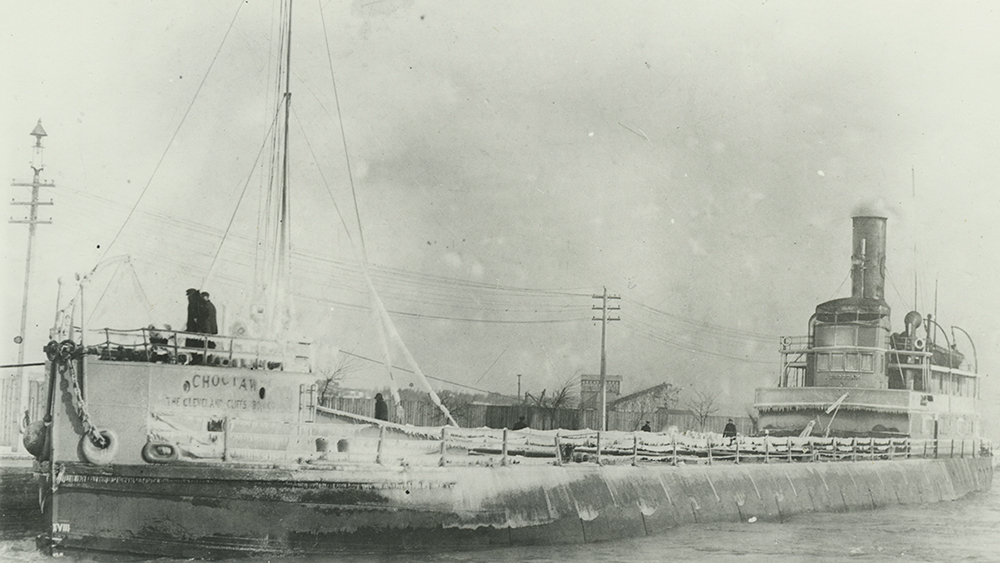
The waters of Thunder Bay are treacherous: to mariners, they were nicknamed “Shipwreck Alley,” and through fire, ice, collision, and storms, the lake frequently claimed vessels and crews. Today, the sanctuary protects these historical artifacts so that we can all – researchers and members of the public alike – continue to explore and learn from them.
While many shipwrecks’ locations are already known within Thunder Bay National Marine Sanctuary, at least 100 more are suspected to be hidden in the sanctuary’s depths. From April through July, sanctuary researchers teamed up with NOAA’s Office of Ocean Exploration and Research to test new tools, like unmanned aircraft systems and autonomous underwater vehicles, to search for some of these lost wrecks. While testing these tools, researchers located the lost wrecks of Choctaw and Ohio.
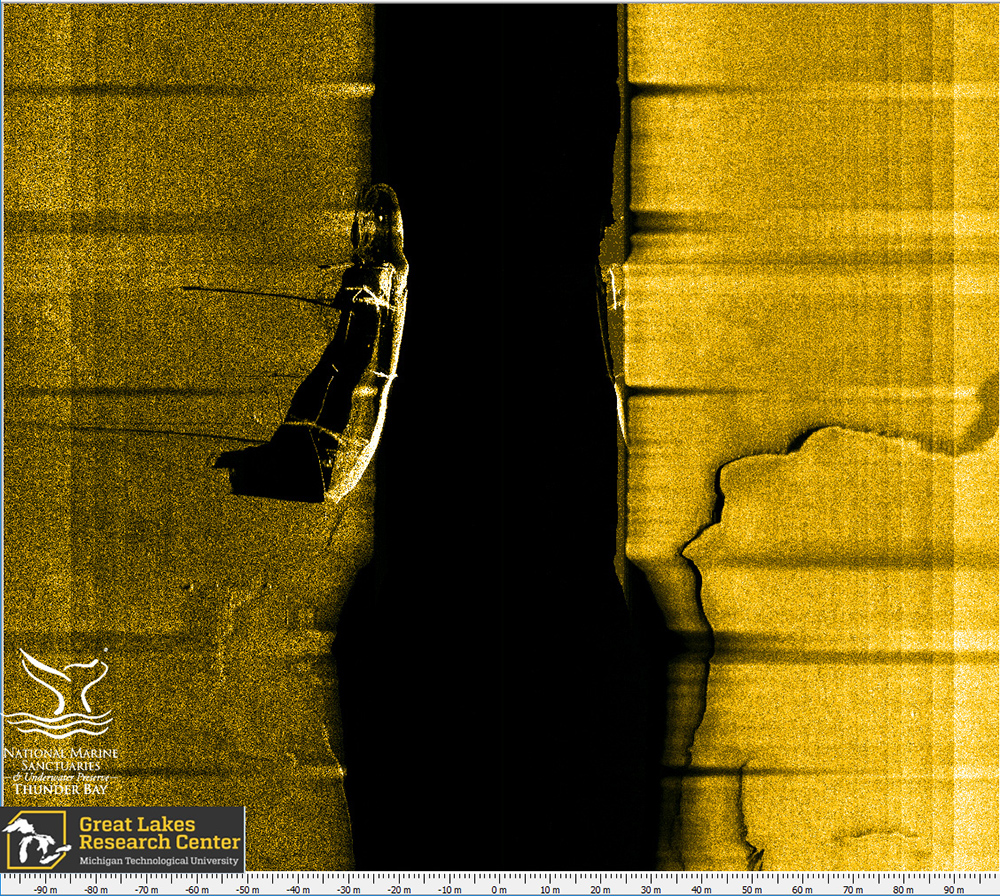
Both wrecks have been resting on the lake bottom for more than a century. Choctaw, a 267-foot steel semi-whaleback steamer, was lost on July 12, 1915, after colliding with the freighter Wahcondah in dense fog. Although the ship sank rapidly, Captain Charles A. Fox and his crew of 21 men were all rescued. Ohio was lost on September 26, 1894, after a collision with the vessel Ironton in rough weather. That accident was not so lucky: while Ohio's crew were all rescued, five of Ironton's crew members perished in the accident.
Today, these wrecks are historically and archaeologically significant sites, resting deeper than 250 feet in Lake Huron. Ohio is an early version of what later became an iconic Great Lakes bulk carrier design, one of the earliest attempts at Great Lakes-specific ship design. Choctaw also represents innovation in ship construction.
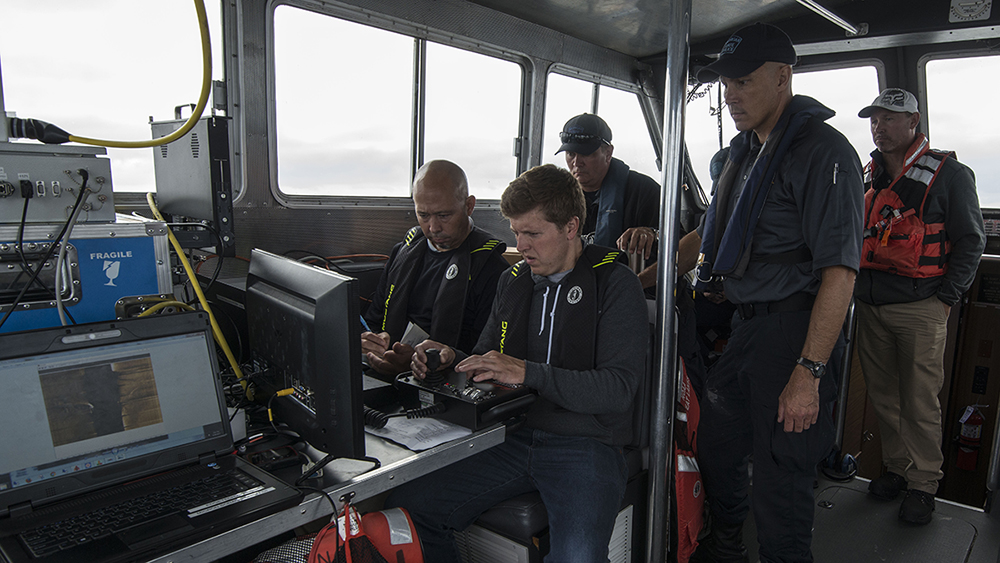
“These remarkable discoveries remind us that the mystery is still out there – there are still shipwrecks to find,” says Thunder Bay National Marine Sanctuary superintendent Jeff Gray. “Our team is excited to further document Ohio and Choctaw, and tell their stories. We’ll keep looking for other wrecks and working to ensure that these treasures are preserved for future generations.”
Both wrecks are still in good shape thanks to the cold, fresh water of Lake Huron. “Ohio and Choctaw are remarkable examples of two very significant Great Lakes watercraft, and both are beautifully preserved,” explains maritime historian Charles P. Labadie. “Virtually all of their rigging and deck hardware is intact, and there is clear evidence of the accidents that claimed both vessels. Talk about keeping history alive!”
Though the wrecks are too deep for recreational diving, Thunder Bay National Marine Sanctuary staff plan to develop exhibits and public outreach materials to enable the public to access and learn more about these shipwrecks. “These discoveries are a valuable addition to our Great Lakes maritime history,” explains Sanctuary Advisory Council member Steve Kroll, who has been diving Lake Huron’s shipwrecks for decades. “Even at their great depth, non-divers and divers alike can learn more about the shipwrecks’ stories through sanctuary efforts to document and preserve the sites.”
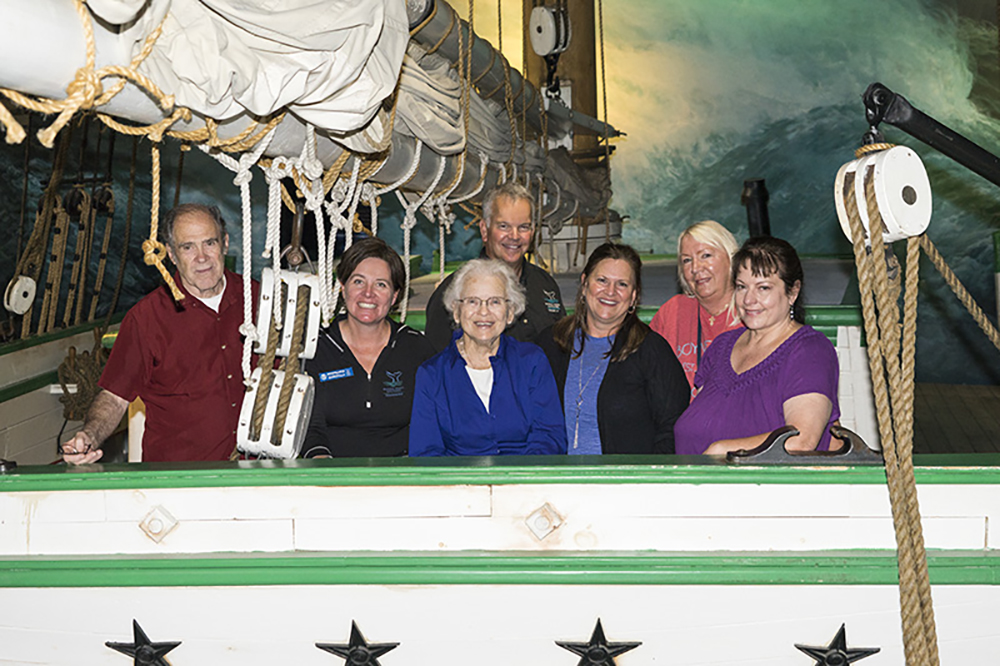
These wrecks tell the stories of our maritime past, stories that are still relevant today. Ohio and Choctaw will be nominated for listing on the National Register of Historic Places, and the family of Choctaw’s Captain Fox still live in Michigan. “If you’re raised in a maritime family, it’s in your blood,” says Fox’s granddaughter, Ruth Schwartz Fisher. “When they found the Choctaw, I got so excited I got tears in my eyes. I remember Grandfather Charles talking about that trip and how scary it was when it went down.” After she heard the news, she alerted her family and friends, helping to keep Choctaw’s story alive for future generations.
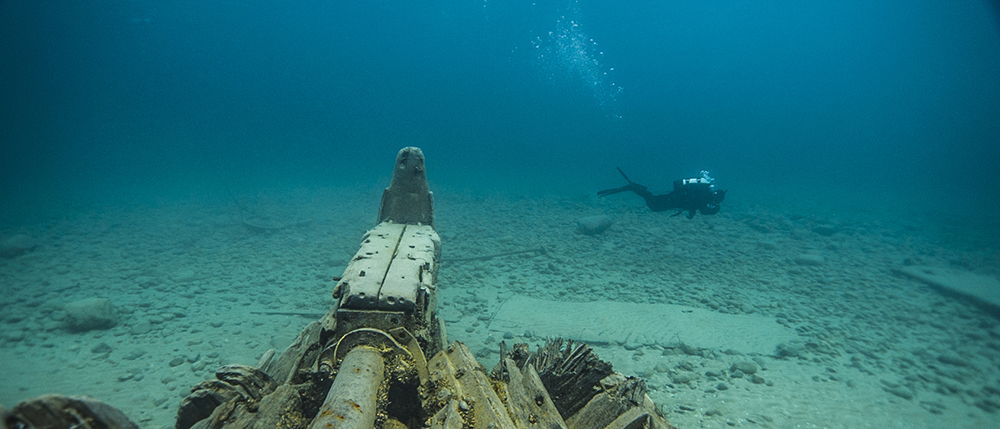
In addition to these two new wrecks, Thunder Bay National Marine Sanctuary provides ample opportunities to visitors to explore Great Lakes history. Many of the sanctuary’s shipwrecks are accessible by divers and snorkelers, and shallow wrecks can be seen by kayakers or aboard glass-bottom boat. The Great Lakes Maritime Heritage Center is a perfect gateway to recreational and educational activities for everyone!
Elizabeth Weinberg is the social media coordinator and writer/editor for NOAA’s Office of National Marine Sanctuaries.

